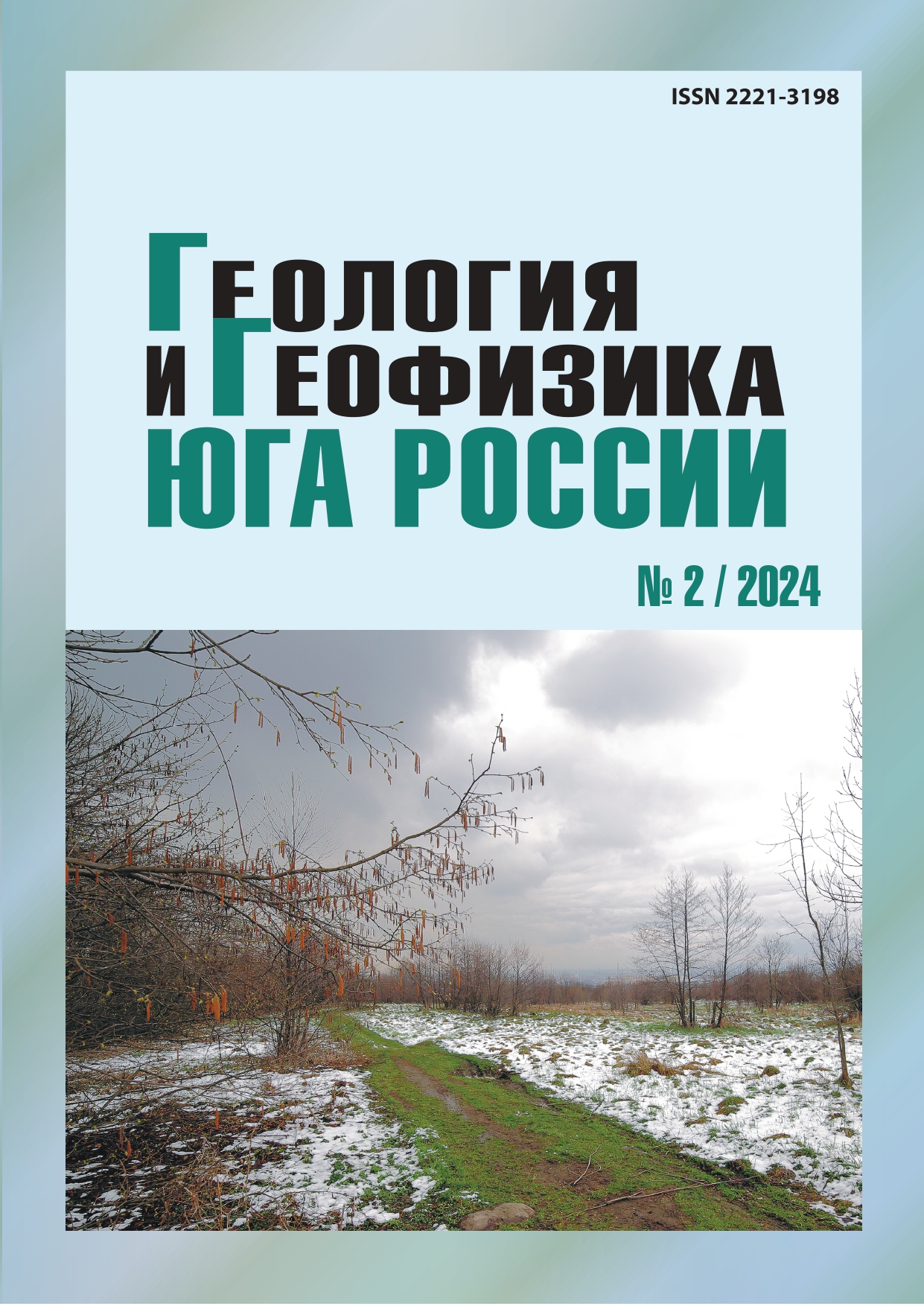New data on the structure of the S-wave attenuation field of the Western Caspian Region and its correlation with tectonics and seismicity
Abstract
Relevance. The paper examines the distribution of inhomogeneities in the S-wave attenuation field in the upper mantle of the Western Caspian Sea and adjacent water areas using a significantly expanded database. Theoretical studies aimed at studying the correlation between the properties of the lower lithosphere and seismicity are relevant and expand our understanding of the conditions for its implementation. The aim of the study is to complement and clarify the previously published version of the distribution of lateral inhomogeneities in the S-wave attenuation field in the Western Caspian region and adjacent water areas. An idea of the block structure of the area based on them (the relative position of blocks with a high Q-factor and weakened zones) will allow a more reasonable approach to comparing them with the tectonics of the study area and seismicity. Methods. The article uses an original approach developed by the author, based on a study of the attenuation characteristics of a short-period seismic code, which makes it possible to map in detail the inhomogeneities of the S-wave attenuation field in the upper mantle. Results. Based on significantly expanded data on the spatial distribution of inhomogeneities in the S-wave attenuation field of the Western Caspian region and adjacent water areas, variations in the block structure in connection with the implementation of several of the most significant earthquakes, including the Chernogorsk 1976 and the Kaspijsk 2000, are considered. It was possible to find a correspondence of weakened zones belonging to the western part of the Caspian Sea with the Tyrnyauz-Central Caspian system of deep faults and with the North Absheron ring fault system, as well as weakened zones of anti-Caucasian strike with deep seismogenic faults identified in recent years. The examples of seismic situations considered in the work that arose during the implementation of the most noticeable earthquakes indicate the adequacy of the presented block structure of the study area. It is noted that the set of blocks involved in the implementation of each event considered determines the state in each specific case object of research and its ability to adapt to the influence of external factors on a planetary scale, for example, variations of Earth’s rotation speed.


